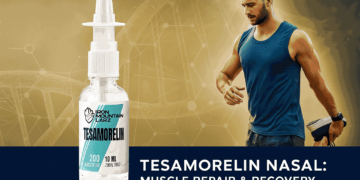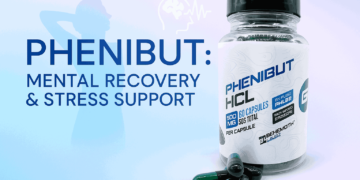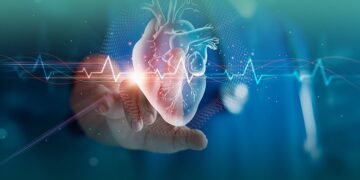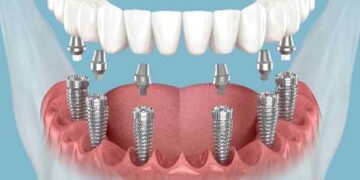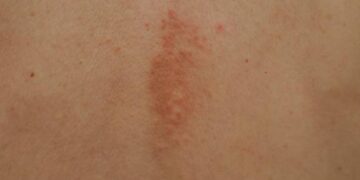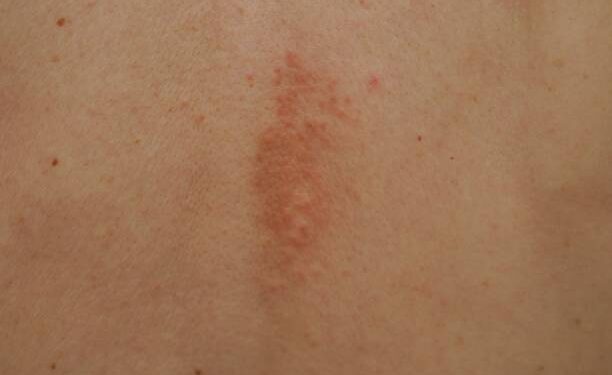Shingles, a painful skin condition caused by the reactivation of the varicella-zoster virus (the same virus that causes chickenpox), often causes worry when its symptoms appear. Shingles: Symptoms, Causes, and Treatments(الحزام الناري: الأعراض والأسباب وطرق العلاج) Knowing how fast shingles symptoms spread and what steps you can take can make a significant difference in managing this condition effectively.
In this blog, you will discover deep insights about Shingles: Symptoms, Causes, and Treatments. This information is designed to help anyone experiencing shingles or caring for someone with the disease by clarifying symptom progression, treatment options, and self-care, all while enabling timely action to reduce discomfort and complications.
How Fast Do Shingles Symptoms Develop and Spread?
The speed at which shingles symptoms spread varies from person to person but generally follows a clear timeline. Initially, you might feel itching, tingling, or burning skin in a specific area — often on one side of the torso or face. This precursor phase usually lasts between 1 to 5 days before a rash appears.
Once the rash starts, it begins as red patches, rapidly developing into clusters of small, fluid-filled blisters. The rash tends to spread within 3 to 5 days, covering the affected dermatome (the nerve area where the virus reactivates). The blisters then burst, ooze, and crust over around days 7 to 10. In total, shingles symptoms spread over roughly 7 to 14 days from first sensation to healing.
What Causes Shingles to Spread Quickly?
The speed and extent of shingles spreading depend largely on the health of your immune system. People with weakened immunity—due to age, illness, or stress—may experience faster spreading and more widespread outbreaks.
The varicella-zoster virus remains dormant in nerve cells after a chickenpox infection. When reactivated, it travels down the nerve fibers to the skin surface, causing the characteristic shingles rash. Therefore, the virus spreads along localized nerve distributions, not across the entire body like other infections.
Recognizing Key Symptoms Early
Early symptoms can sometimes be confused with other skin or nerve conditions. Common early signs include:
- Tingling, burning, or numbness on one side of the body
- Sensitivity to touch
- Headache or general fatigue
- Mild fever (in some cases)
After these early symptoms, a rash swiftly appears, accompanied by intense pain or itching. This pain can sometimes be severe and may remain even after the rash heals, a condition known as postherpetic neuralgia.
Effective Treatments to Control Shingles Spread
Prompt treatment can significantly reduce the severity and spread of shingles symptoms. Antiviral medications like acyclovir, valacyclovir, or famciclovir are commonly prescribed within 72 hours of rash onset. These antivirals limit the virus’s ability to replicate, helping speed up healing and reduce pain.
In addition to antivirals, doctors may recommend pain relief options such as:
- Over-the-counter painkillers
- Prescription medications (if pain is severe)
- Topical creams to soothe itching and discomfort
Early treatment also reduces the risk of complications, including nerve pain and scarring.
Home Care and Lifestyle Tips for Managing Symptoms
While medical treatment is critical, some self-care practices can ease symptoms and improve recovery:
- Keep the rash clean and dry to prevent infection
- Wear loose, breathable clothing to avoid irritation
- Apply cool compresses to calm itching and pain
- Rest well and manage stress to support the immune system
Staying hydrated and maintaining a balanced diet can also promote faster healing.
When to Seek Medical Help
It is important to consult a healthcare professional if you:
- Notice shingles symptoms on or near your eyes (risking vision damage)
- Have a weakened immune system
- Experience severe pain not relieved by medication
- Have a widespread rash or high fever
Early diagnosis and treatment improve outcomes and reduce the chance of long-term issues.
Types of Shingles and Treatment Comparison
| Issue | Treatment |
|---|---|
| Classic shingles rash | Antiviral medication, pain relief |
| Ophthalmic shingles (eye) | Immediate antiviral, eye specialist care |
| Postherpetic neuralgia | Pain management therapies, nerve blocks |
| Shingles in immunocompromised individuals | Intensive antiviral treatment, close monitoring |
| Recurrent shingles | Preventative antiviral therapy, vaccine |
Frequently Asked Questions
How contagious is shingles?
Shingles cannot be spread from person to person. However, the varicella-zoster virus can cause chickenpox in someone who never had it, through direct contact with open shingles blisters.
Can shingles be fully cured?
Shingles usually resolves within 2 to 4 weeks with treatment, but the varicella-zoster virus remains in the body and may reactivate later.
Does shingles always cause pain?
While pain is a common symptom, some people only experience itching or tingling without intense pain.
Is the shingles vaccine effective?
Yes, the shingles vaccine significantly lowers the risk of shingles and its complications, especially in older adults.
Can stress cause shingles to flare up?
Stress can weaken the immune system and potentially trigger the reactivation of the varicella-zoster virus, leading to shingles outbreaks.
For personalized care and consultation about shingles, book an appointment at Enfield Royal Clinic (انفيلد رويال في الرياض) to get expert guidance tailored to your condition.








